Sailing trips and photography go hand in hand, offering enthusiasts the chance to capture the beauty of the open sea while experiencing the thrill of the ocean. Whether you’re a seasoned sailor or a photography enthusiast, combining these two passions can lead to unforgettable experiences and stunning images. From the golden hues of dawn to the serene tranquility of sunset, there’s no better way to document your journey than through the lens of a camera. But mastering the art of sailing trip photography requires more than just pointing and clicking. It demands understanding light, composition, and the unique characteristics of each destination. In this ultimate guide, we’ll explore expert tips for capturing perfect seascapes, discuss the best sailing trips photography opportunities, and delve into the secrets of famous sailing photographers. Whether you’re planning a coastal Maine photo tour or seeking inspiration from New England photography workshops, this article has something for every photography lover and sailing enthusiast.

How to Take Pictures of Sailing
Taking great photos of sailing requires a combination of preparation, technique, and creativity. Here’s a step-by-step guide to capturing stunning sailing photographs:
- Choose the Right Equipment
- A high-quality digital camera with fast autofocus capabilities is essential for capturing sharp images on the move.
- A wide-angle lens is highly recommended for its ability to capture vast landscapes and dynamic compositions.
- Consider using a tripod for stability, especially in rough conditions.
- Equipped with a fast shutter speed (preferably 1/400th of a second or faster) to freeze action moments.
- Master Your Technique
- Position yourself strategically on the boat for optimal angles and perspectives.
- Experiment with different heights, such as shooting from the deck, the bow, or even a drone if available.
- Look for unique vantage points, like facing into the wind or capturing reflections off the water.
- Composition Matters
- Use leading lines to draw the eye towards your subject, such as the mast or rigging of the sailboat.
- Incorporate the horizon or distant landmarks to add depth and context to your shots.
- Pay attention to symmetry and balance in your frames.
- Time Your Shots Perfectly
- Shoot during golden hour for soft, natural lighting that enhances colors and textures.
- Time your shots around key moments in the sailboat’s journey, such as hoisting the sails or tacking.
- Be ready to adapt quickly to changing conditions and capture spontaneous, candid moments.
- Edit and Enhance
- Post-process your photos to adjust for exposure, color balance, and sharpness using editing software.
- Black-and-white conversions can add a classic touch to your sailing photographs.
- Frame your shots by cropping appropriately to emphasize the most important elements of the scene.
By following these tips, you can capture the essence of sailing and create memorable images that showcase the beauty and adventure of the sport. Explore more sailing photography tips and inspiration at Sailing Photo Awards .
Famous Sailing Photographers
The world of sailing photography is celebrated through the work of many talented individuals who capture the beauty and essence of the sea. Here are some of the most renowned sailing photographers:
- Edwin Levick – Known for his iconic images of yachts and maritime life, Levick’s work spans over a century and includes photographs of famous ships and races. View Edwin Levick’s Work
- Frank Beken – Renowned for his striking compositions, Beken’s photography often features classic yachts and regattas, making him a staple in sailing photography. View Frank Beken’s Work
- Michael Kahn – Known for his dynamic shots of high-speed racing yachts, Kahn’s work has graced numerous sailing publications and exhibitions. View Michael Kahn’s Work
- Philip Plisson – A master of underwater photography, Plisson’s work focuses on the intricate details of sailboats and the ocean environment. View Philip Plisson’s Work
- Ray Krantz – Specializing in yacht racing and marine lifestyle, Krantz’s photography is celebrated for its energy and precision. View Ray Krantz’s Work
- Christian Fevrier – Known for his elegant compositions of superyachts and luxury vessels, Fevrier’s work is sought after by maritime enthusiasts worldwide. View Christian Fevrier’s Work
- Paul Van Alsen – A leading figure in contemporary sailing photography, Van Alsen’s work often explores the relationship between humans and the sea. View Paul Van Alsen’s Work
- Tony Static – Known for his unique perspective on sailing, Static’s photography captures the vibrant life aboard yachts and during races. View Tony Static’s Work
These photographers have contributed significantly to the art of sailing photography, documenting its evolution over the years. Their work continues to inspire sailors and photography enthusiasts alike.
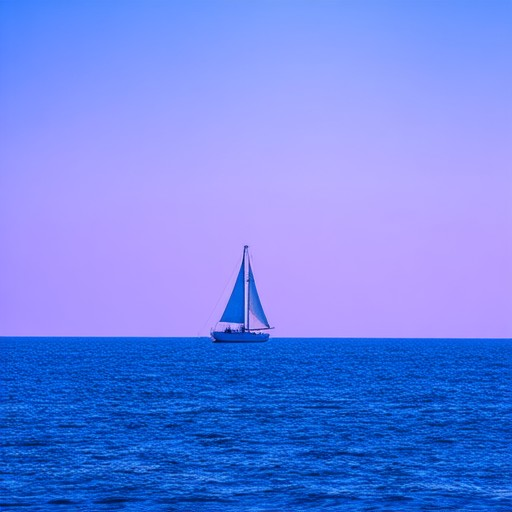
Sailing Costs as a Hobby
Sailing can be a rewarding hobby, but it comes with various costs that vary based on your preferences, budget, and lifestyle.
- Boat Ownership: The most significant upfront cost is purchasing a boat. Prices range from $10,000 for a small used sailboat to over $1 million for a luxury yacht.
- Maintenance: Annual maintenance includes things like hull inspections, engine servicing, and bottom painting. Costs can range from $500 to $2,000 annually.
- Storage: Storing a boat out of water can cost between $100 to $300 per month, depending on whether it’s kept on a cradle, in a slip, or dried out.
- Insurance: Boat insurance varies widely based on the value and usage of the vessel. Expect to pay between $500 to $5,000 annually.
- Fuel and Supplies: Depending on how often you sail and your destinations, fuel costs can add up. Diesel for larger yachts can be expensive, while gasoline for smaller boats is more affordable.
- Training and Rentals: Taking sailing lessons or renting a boat for a weekend can add to your costs, ranging from $50 to $200 per day.
- Travel Expenses: Cruising can incur additional costs like food, docking fees, and port charges, which can add up quickly depending on how far you travel.
Overall, the total annual cost of sailing can range from $15,000 to over $100,000, depending on the type of boat, maintenance needs, and how frequently you sail.
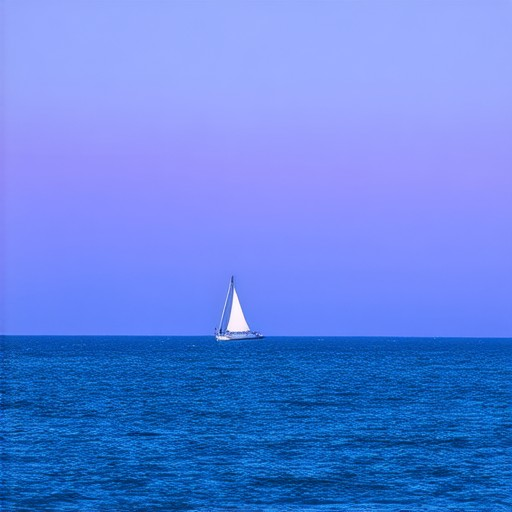
Sea Photography
Sea photography refers to underwater photography, which captures the vibrant and diverse marine world beneath the ocean’s surface. This unique branch of photography focuses on documenting marine life, shipwrecks, submerged landscapes, and other underwater phenomena.
Subjects of Sea Photography
- Marine Life: Fish, coral reefs, mollusks, crustaceans, and other aquatic creatures are common subjects. Photographers often seek to capture the intricate details and colors of these organisms.
- Shipwrecks: Sunken vessels offer historical significance and dramatic visual elements, making them a popular subject for underwater photographers.
- Submerged Landscapes: Underwater caves, rock formations, and sandbanks create unique environments that inspire artistic expression.
- Invertebrates: Creatures like anemones, sponges, and sea turtles are frequently photographed due to their striking appearances.
- Geological Features: Volcanic formations, hot springs, and icebergs provide fascinating subjects for underwater exploration.
Technical Considerations
Sea photography requires specialized equipment, including waterproof cameras, lighting tools, and durable housing to protect against water damage. Lighting is particularly challenging in underwater environments, as natural light filters through the water and creates distinct effects.
Competitions and Community
Events like the Sailing Photo Awards celebrate the artistry of sailing and marine photography. These competitions showcase the work of talented photographers who capture the beauty of the sea and its surrounding environments. The awards highlight the creativity and dedication of those who pursue underwater photography as a passion or profession.
The Purpose of Sea Photography
Beyond mere documentation, sea photography serves as a tool for conservation efforts. By capturing images of marine ecosystems, photographers can raise awareness about environmental issues and promote sustainable practices. The medium also offers a window into the hidden wonders of our planet, inspiring curiosity and appreciation for the oceans’ biodiversity.
What is Ocean Photography Called?
Ocean photography is often referred to as maritime photography . This genre captures the essence of the sea, including its vast landscapes, ships, and coastal scenes. Within maritime photography, sailing photography is a specialized category that focuses on the art of documenting sailing adventures, races, and the beauty of the open water.
Maritime photography encompasses various styles, from serene coastal vistas to dynamic shots of ships and boats. Sailing photography, on the other hand, highlights the thrill and beauty of sailing, often showcasing yachts, tall ships, and the athletes who compete in events like the Sailing Photo Awards .
Both genres are celebrated for their ability to tell stories and evoke emotions through powerful visuals.
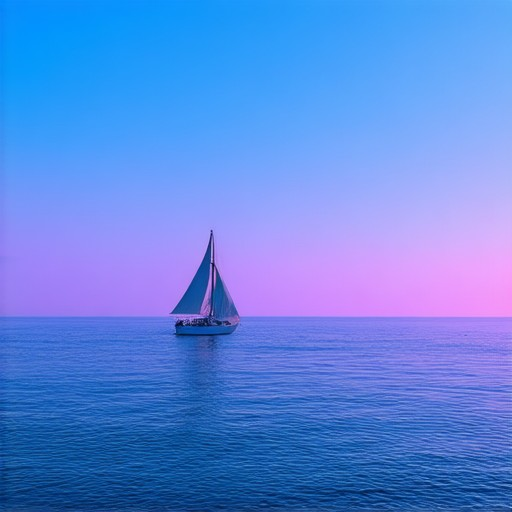
How to Photograph Seascapes
Photographing seascapes can be a rewarding experience, but it requires careful planning and attention to detail. Here are some expert tips to help you capture stunning marine landscapes:
Essential Equipment
- A high-quality camera with a wide-angle lens
- Tripod for stability, especially in rough conditions
- Neutral density (ND) filter to control light exposure
- Graduated ND (GND) filters for dynamic skies
- Water-resistant housing for underwater shots
- Lightweight tripod and panning head for smooth motion
For the best results, consider investing in professional-grade equipment designed specifically for outdoor photography.
Composition Techniques
Composition plays a crucial role in capturing seascapes effectively. Use these tips to frame your shots:
- Look for symmetry in waves and reflections
- Incorporate leading lines to draw the eye
- Use foreground elements like rocks or kelp to add interest
- Experiment with perspective, such as shooting from a low angle
Timing and Lighting
Timing is critical when photographing seascapes. Capture the magic hours:
- Golden hour (sunset) for warm, soft lighting
- Sunrise for dramatic silhouettes and vibrant colors
- Cloudy days for balanced lighting
- Evening light during low tide for unique patterns
Be prepared to adapt to changing conditions and experiment with different lighting scenarios.
Post-Processing
Enhancing your photos can elevate them to greatness:
- Adjust exposure and contrast for vivid colors
- Remove unwanted objects or people
- Sharpen details in the foreground
- Balance the horizon for a polished look
Consider using professional editing software like Adobe Lightroom or GIMP for advanced adjustments.
Conclusion
Capturing seascapes is a blend of patience, technique, and creativity. With the right preparation and post-processing, you can create stunning works of art that showcase the beauty of the ocean.
We encourage you to explore more resources on Sailing Photo Awards for additional tips and inspiration.
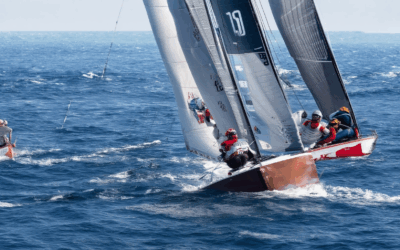
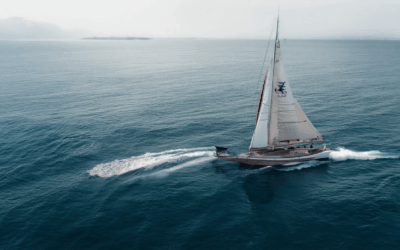
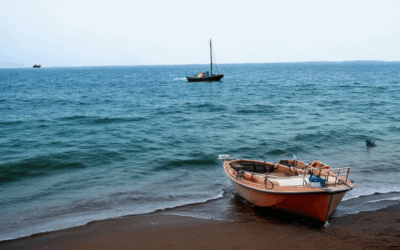
0 Comments